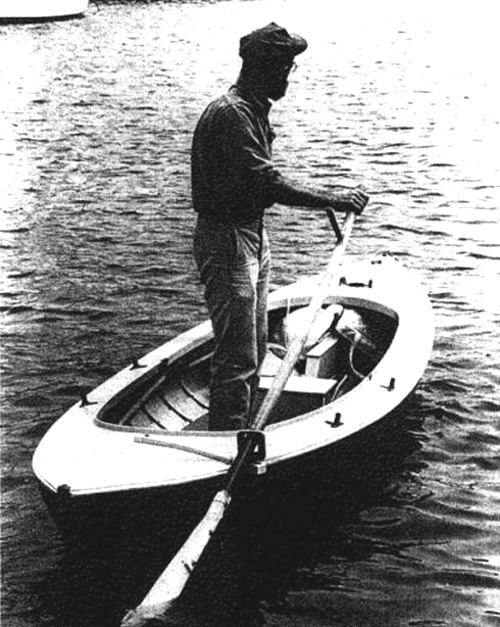Dickens notes that the Thames Police force district extends
from Battersea to Barking Creek. It is composed of 98 men,
eight duty boats and two supervision boats. The police wait
silently in dark places. One of the Thames Policemen, whom
Dickens called "Pea", tells Dickens that the reason for
lurking quietly in the dark is that "River thieves can
always get rid of stolen properly in a moment, by dropping
it overboard. We want to take them
with the property,
so we lurk about and come out upon 'em sharp. If they see us
or hear us, over it goes." Theft is aided by the ability of
the Thames river thieves to meld into the
tiers of boats in the pool at night.


 Website Terms of Use
Website Terms of Use